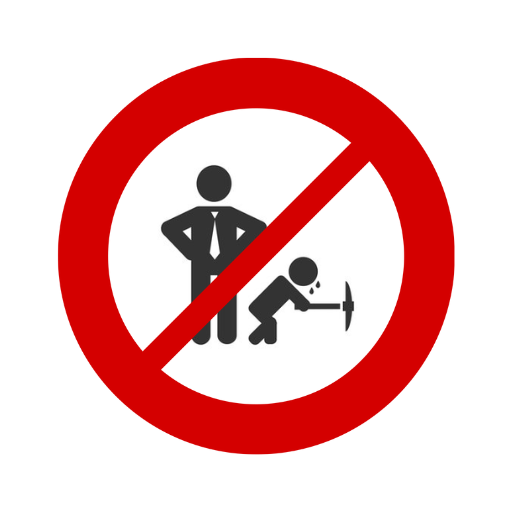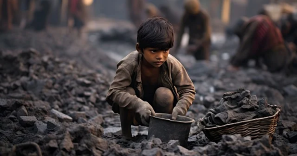

Overview
Protective laws are essential in the battle against child labor. When appropriately implemented, strong rules and regulations can greatly lower the prevalence of child labor and safeguard the rights of children.
Foreign Laws
In the forefront of developing global norms to stop child labor has been the International Labour Organization (ILO). Important customs include of:
The Minimum Age Convention, ILO Convention No. 138, establishes the minimum employment age.
The goal of ILO Convention No. 182, often known as the Worst Forms of Child Labour Convention, is to end the most severe types of child labor, such as trafficking, slavery, and dangerous jobs.
National Legislation of Nations
Every nation has legislation pertaining to child labor. The Fair Labor Standards Act (FLSA), for instance, establishes minimum age limits for work in the United States. Children under the age of 14 are not allowed to work in any capacity in India, according to the Child Labour (Prohibition and Regulation) Amendment Act, 2016.

Enforcement Challenges
Despite these laws, enforcement remains a significant challenge. Corruption, lack of resources, and inadequate monitoring systems often undermine legal protections. In many cases, child labor persists due to insufficient penalties and the lack of political will to address the issue comprehensively.
Advocacy
Advocacy plays a vital role in strengthening laws and ensuring they are enforced. Organizations like Human Rights Watch and Amnesty International work tirelessly to hold governments accountable and push for stronger protections. Public support for these efforts is crucial in creating change.

I'm Krishnagopal.I am the developer of this website